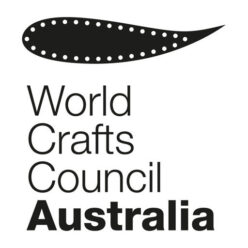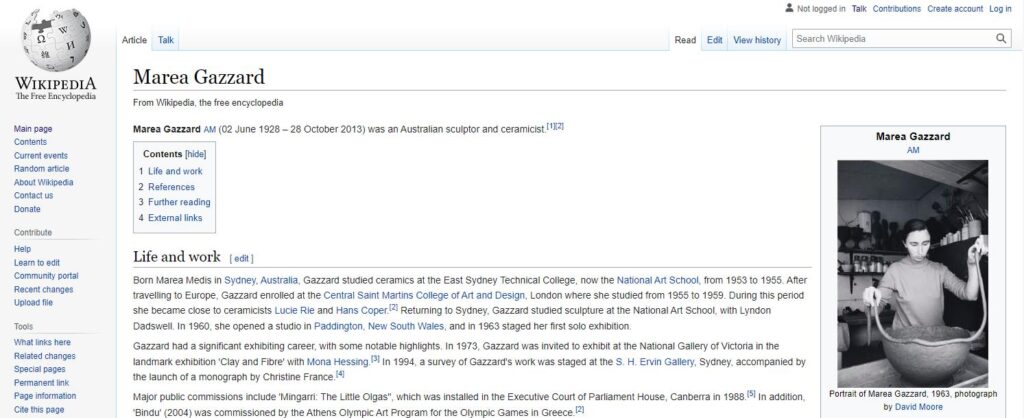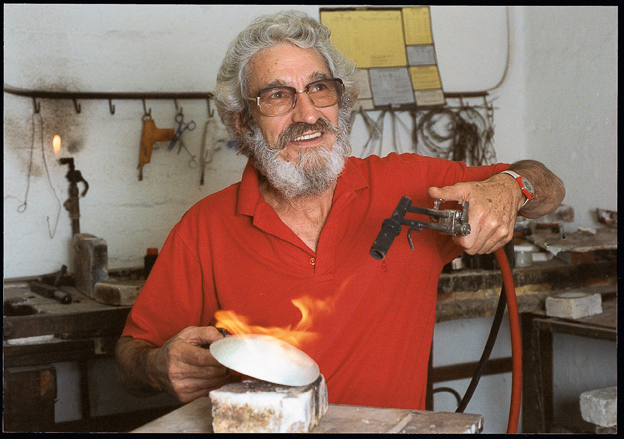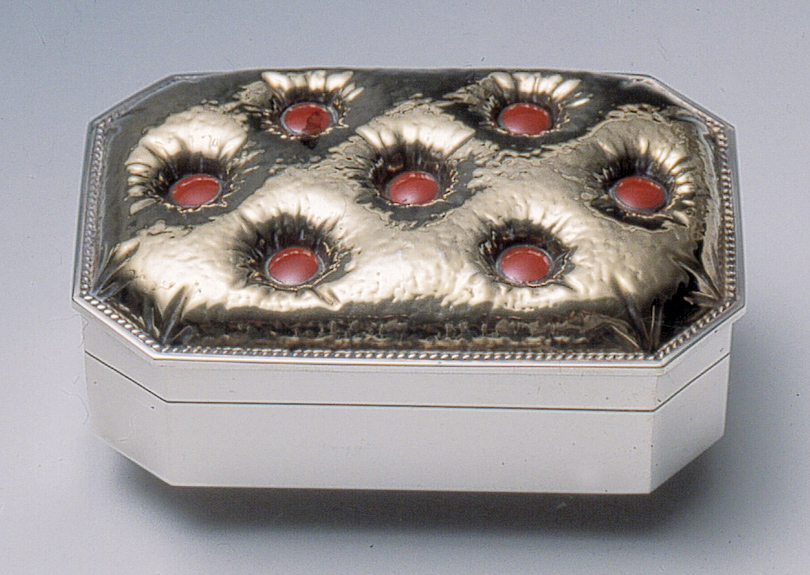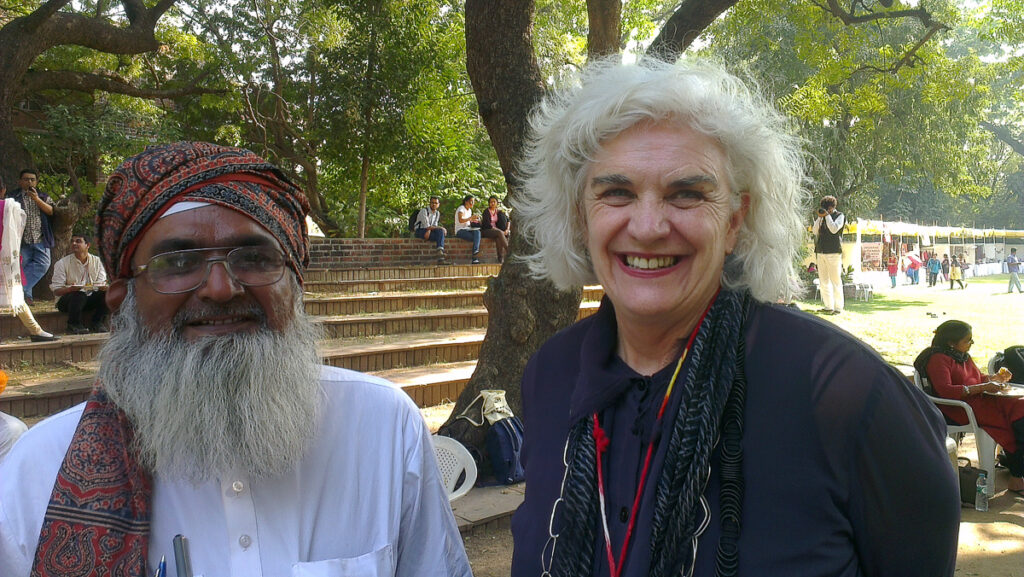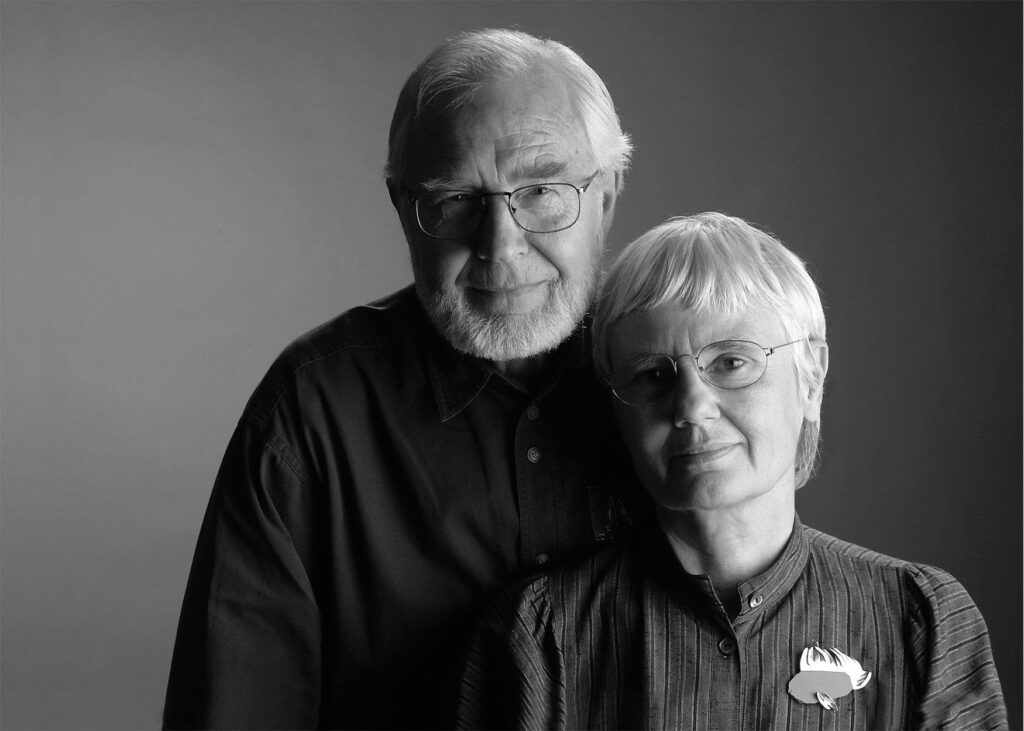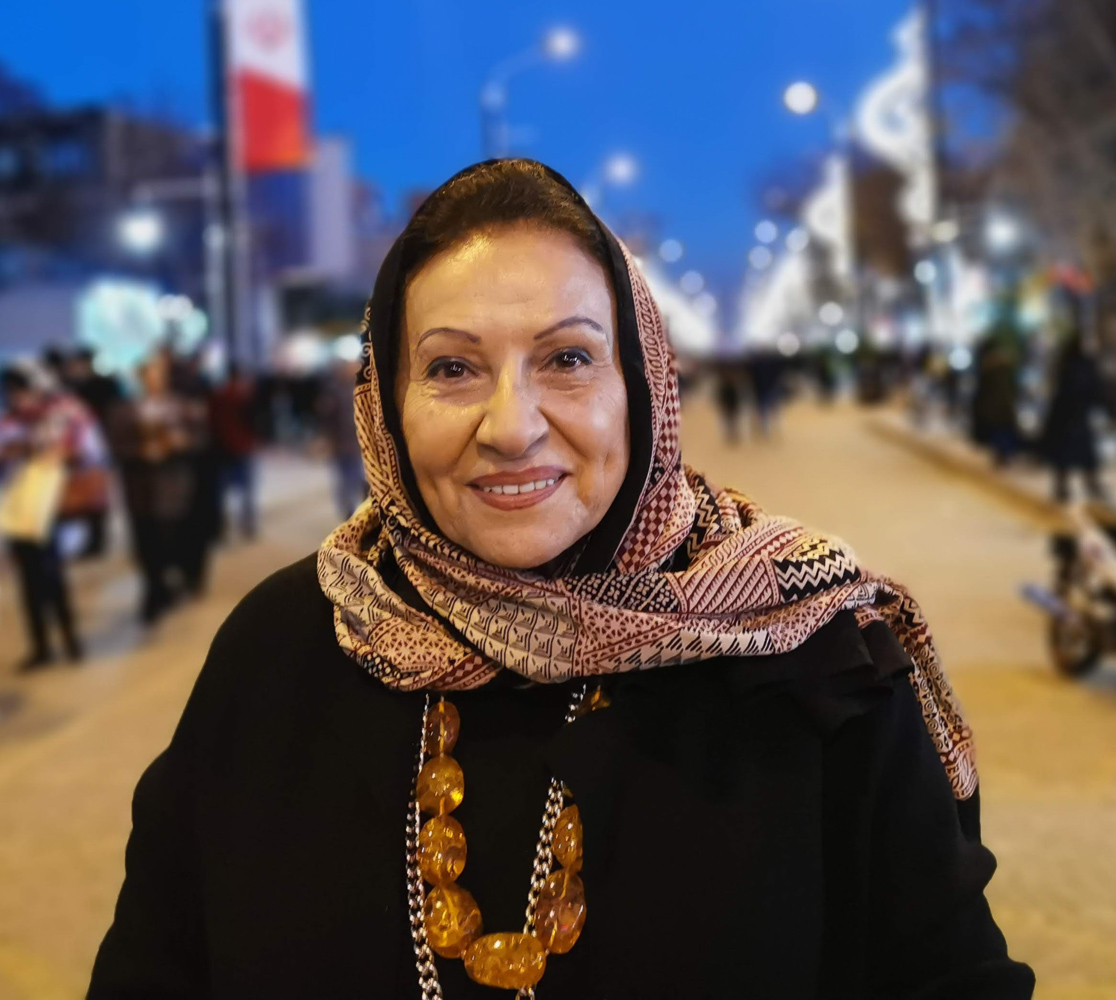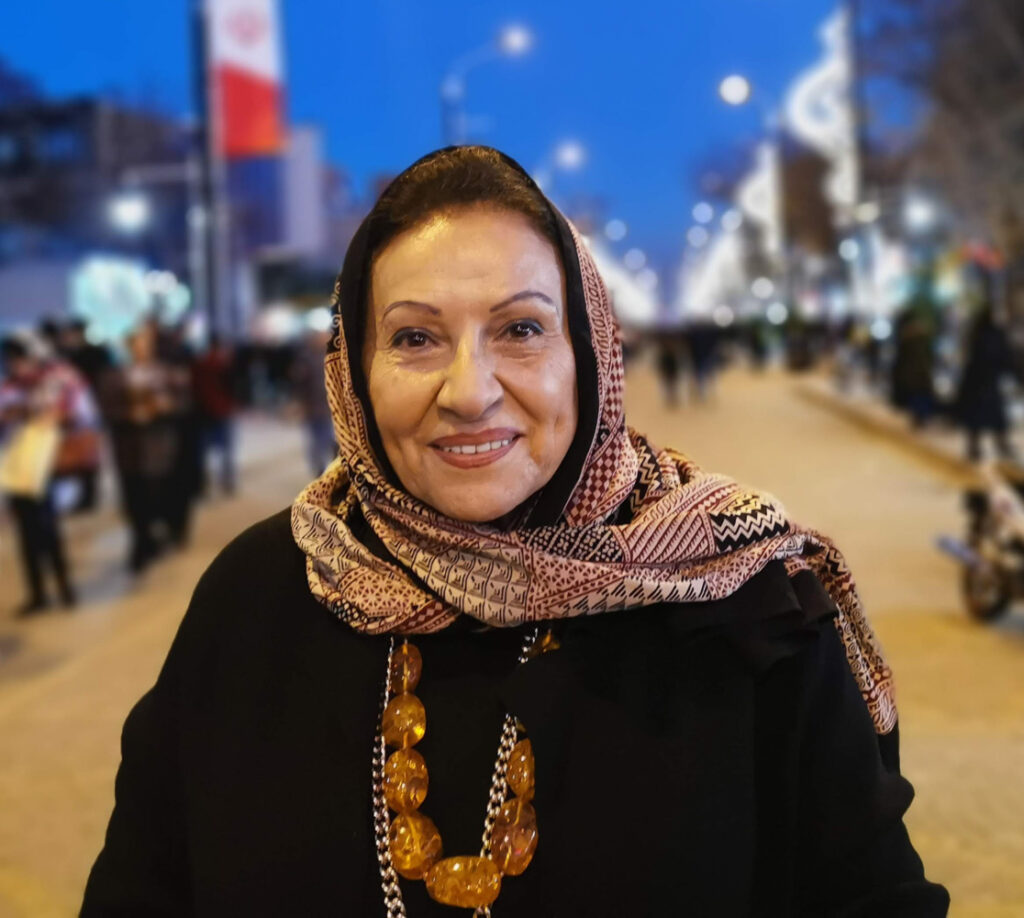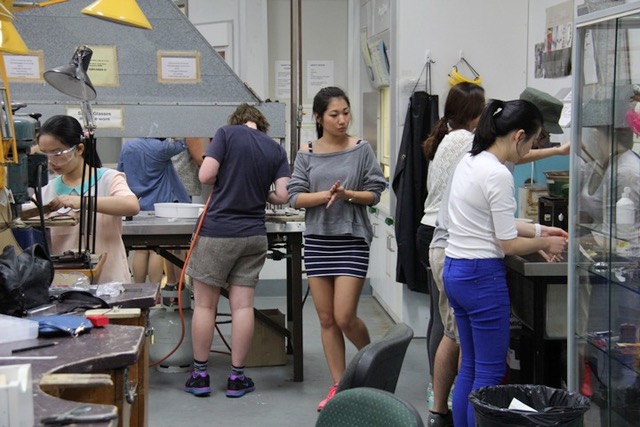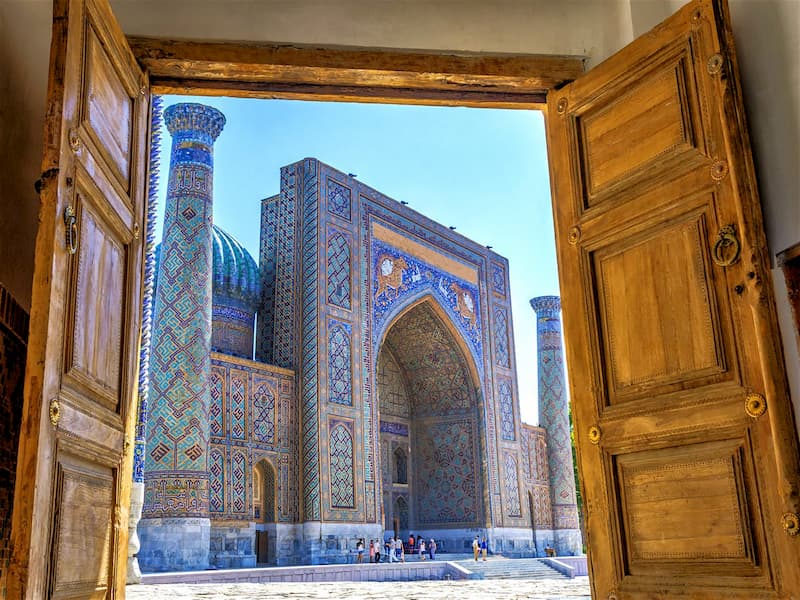
One of many admirable qualities possessed by Robyn Daw was a generosity of spirit, a widely appreciated openness to give professional advice to anyone in the art world. There was also an ability to celebrate the success of others without prejudice. And it is certainly true to say that she had a broad range of rich experiences in the art world to draw upon, as an artist, arts writer, curator, art museum educator, program manager and policy developer.
Robyn had integrity and intelligence and she resisted compromise. You couldn’t easily get away with much with Robyn without, rightfully, the validity of what you were saying being questioned. In this way she invited responsibility and conversations were lively and enjoyable.
Robyn’s joy and enthusiasm for art and life were infectious, she was witty with a finely tuned sense of humour, she was a thoughtful leader and mentor, and she was elegant and stylish. (As we all noted: alluring jewellery and clothes, especially shoes.)
Many of us within and without the art world admired her for these professional and personal qualities. Women in particular say she gave them confidence when they were beginning in the arts. All of these attributes resulted in a wide circle of professional associates many of whom became close friends. In short, as colleagues have repeated, Robyn was a beautiful person.
We admire her for her exhibition curating in, and prolific writing on art, craft and design — contemporary and historical — and for her leadership roles at Craft Australia and Craft Queensland (now Artisan), and more recently at Arts Queensland (for five years).
For the last decade Robyn was Creative Industries Program Leader at Logan City Council, where she worked to invigorate cultural engagement and development in that community.
Previously, for a collective period of 10 years, Robyn worked in public programming and education at the National Gallery of Australia, QUT Art Museum and Queensland Art Gallery.
A strong interest in the art and culture of textiles led her to work as a weaver at the Australian Tapestry Workshop in Melbourne (city of her birth) from 1986 to ’89, followed by a French government scholarship to research textiles in France. In 2001 she curated the much respected ‘Material Witness: 15th Tamworth Fibre Textile Biennial’ for the Tamworth City Gallery. A large tapestry by her, Speed 2001, is held in the collection of Ararat Gallery/Textile Art Museum Australia.
While Robyn believed in the power of art for a better life, more broadly she was passionate about people, her garden, music and good food — the latter often supplied by her long-time partner and artist, Ian Friend.
It was with Ian that ‘ArtBunker’ was formed in 2006 and, working collaboratively, a range of projects were produced including a QUT billboard project, When I leave the clouds, and together with UK group Original Field of Architecture, ArtBunker’s Note to Architect was a finalist in Australian Tapestry Workshop’s ‘Tapestry Design Prize for Architects 2021’.
Robyn’s legacy to arts and culture in Australia lives on.
Ian Were, Brisbane, January 2022 (republished from his website)
